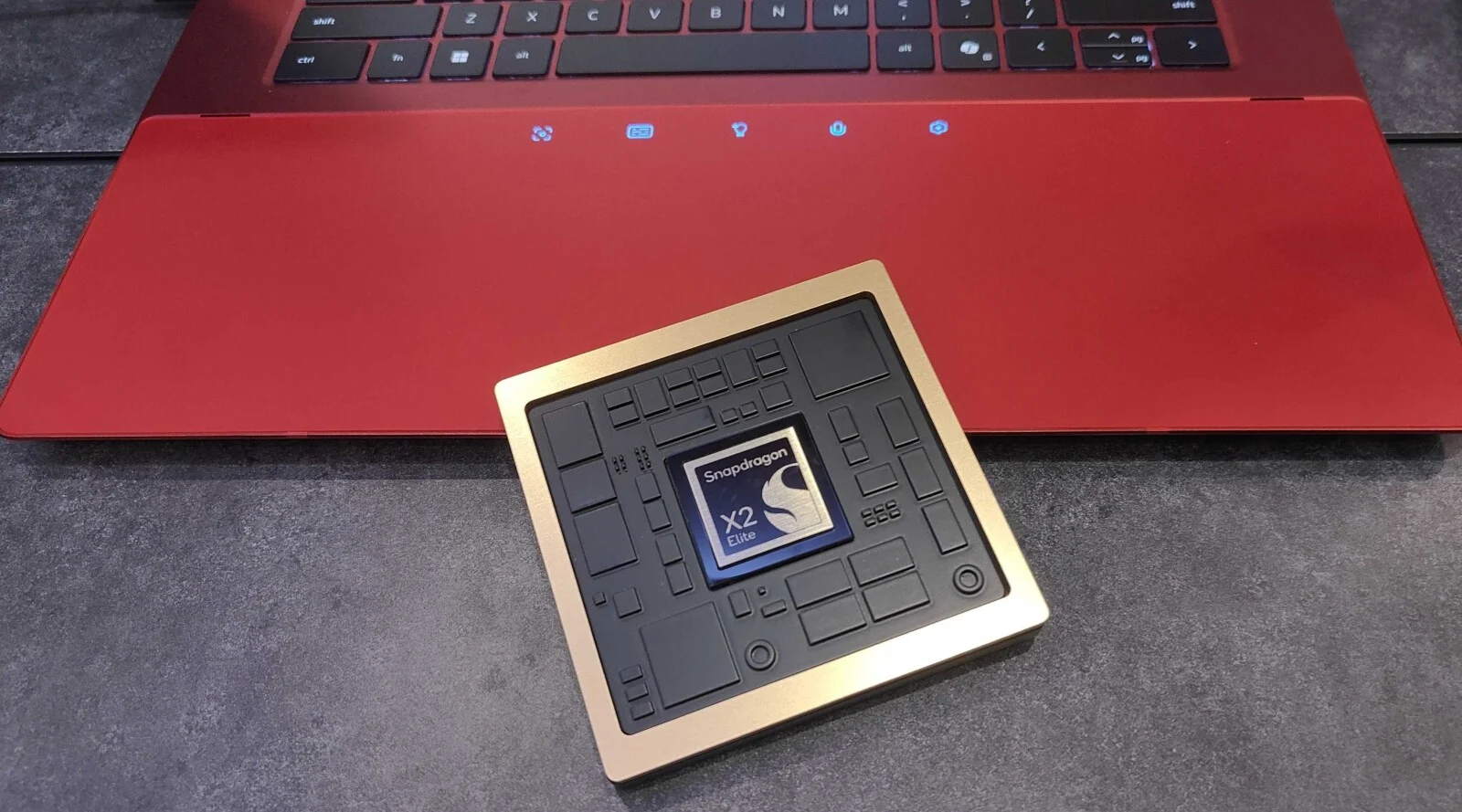Researchers at North Carolina State University have identified a new phase of carbon, which allowed them to create a diamond at room temperature. The new phase of carbon, which is actually harder than the diamond phase of carbon – creates a third solid state of the material, which is a unique find to date. Oddly enough, though, this isn’t something that will be easily reproduced on the mass-scale.
Jay Narayan, who is the lead author of the study points out that “The only place it may be found in the natural world would be possibly in the core of some plants.” This new phase of carbon is known as Q-carbon, and even more odd than the discovery itself is the way it acts when certain levels of energy are put on it. Narayan went on to point out that, “We can create diamond nanoneedles or microneedles, nanodots, or large-area diamond films, with applications for drug delivery, industrial processes and for creating high-temperature switches and power electronics.”
The team pointed out that, “We didn’t even think that was possible,” but now this opens the door for a lot of new and exciting applications for carbon. For example, this could have a serious impact on electronic displays. The big reason for this is the strength and low work-function. It releases electrons with great ease, and the team that researched this bi-product of carbon said that it is “very promising.”
http://thehoopsnews.com/2015/12/01/9695/individuals-sex-nothing-brain/
The team also pointed out that this is an incredibly practical and inexpensive method for creating diamond and utilizing carbon in the larger sense. Whether it’s a display, or something else, there is a significant benefit to this change, which allows for a simpler process in working with carbon. Carbon is a very useful product, and now this will also give scientists the opportunity to work with these products specifically more often, and give more opportunity to improve the overall process and application itself.
The team did point out that one of these areas of growth would be the creation of Q-carbon nanodots and microneedles. Right now, they don’t have a great grasp on how to work with these things and actually create them – but moving forward, this is certainly an area where we’re going to see a lot of growths.








Add Comment